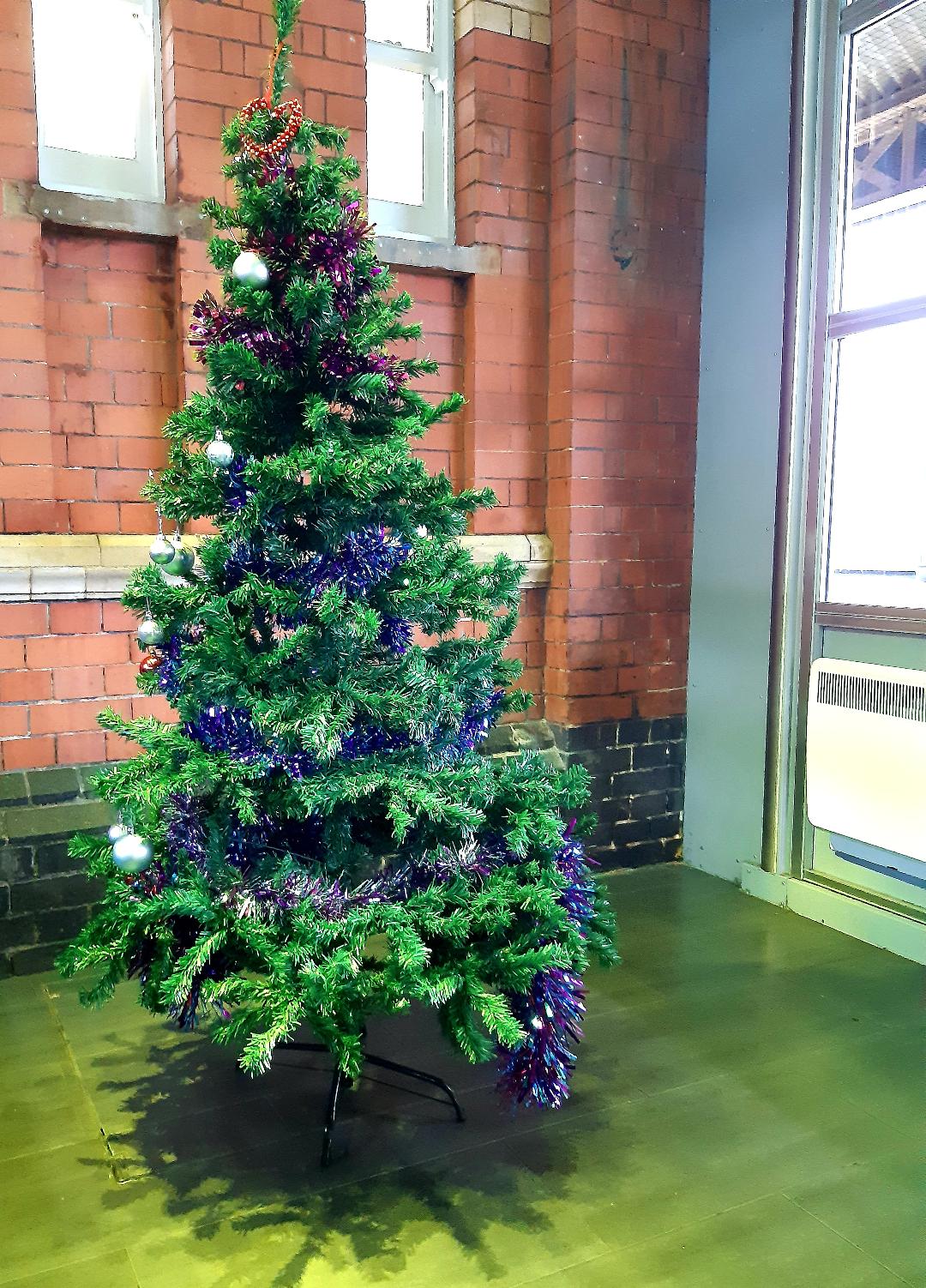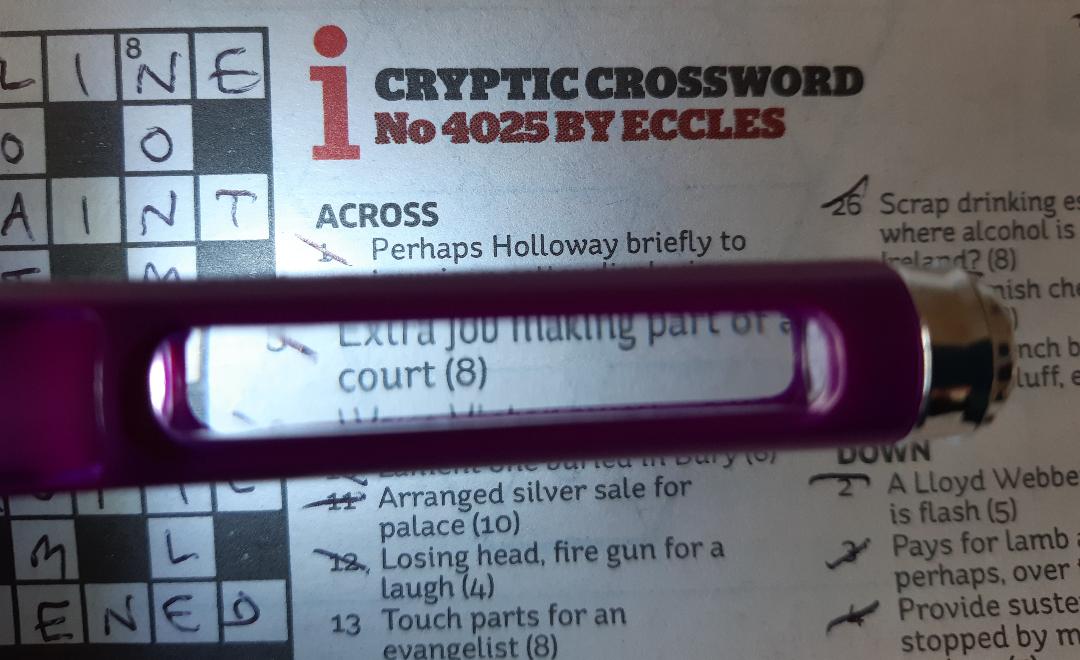In the early hours of the morning of 15 April 2014, I was diagnosed with a retinal detachment in my right eye and two retinal tears in my left eye. To add insult to injury, I was in Berlin at the time, on a long weekend with an old university friend. It was supposed to be the start of a happier year, after two very close family bereavements the previous year. After initially being advised by the ophthalmologist that the best course of action would be for me to undergo surgery in Berlin immediately, it then transpired that my macula detached whilst still undergoing tests and examinations, which meant that her advice changed and I was told to get an emergency flight home to the UK and undergo surgery as soon as possible.
And that was the start of my sight loss journey… a journey which I now know won’t end within my lifetime. You can read the full story in my blog post, “How it all began“. Ten years on from that terrifying night, I look back and relive the fear, assess where I’m at now, and consider what I’ve learnt on this enforced journey. In terms of the basic physical circumstances of where I’m at: after multiple re-detachments due to PVR I’ve had silicone oil in my right eye since 2015. That eye has “no useful vision”, as they say in the medical jargon. Personally, I prefer the description “severely limited vision”. For those of you who understand the medical jargon, I’ve had five vitrectomies (the first with long-acting gas, then silicone oil, then oil again, then short-acting gas, and then my current lot of oil), three retinectomies, several lots of cryotherapy, and 360 degree laser. I’ve done A LOT of posturing after those operations.
Those of you who follow my blog regularly will know that I’ve had a bit of bother (understatement alert!) in my left eye too. In medical jargon: Five retinal tears, requiring cryotherapy and laser retinopexy, lattice degeneration, a PVD, a floating epiretinal membrane, and FOUR DIFFERENT TYPES OF SODDING CATARACT. (You can read more about my current predicament with my left eye in my post “What fresh hell is this?”. In non-medical jargon: the vision in my left eye has been getting worse over the past twenty months.
In terms of the emotional and psychological aspects of where I’m at now… well that varies. Sometimes I make a conscious effort to focus (no pun intended) on what I CAN see, and tell myself that I’m lucky as I’m well aware that things could be so much worse. But then the other part of my brain pipes up with: “Yeh, but things could be so much better, too!”. And so the thankfulness gives way to feelings of frustration, overwhelming sadness, occasional anger, despair, terror, and just simple tiredness… such is the emotional washing-machine cycle of sight loss. Occasionally, I still berate myself as to why, ten years ago when I got on that ‘plane to Berlin, I hadn’t gone straight to the optometrist instead. But hindsight is a wonderful thing (again, no pun intended) and back then I knew nothing at all about retinal detachment and had put my very minor initial symptoms down to insomnia and stress.
As to what I’ve learnt over the past ten years… I’ve learnt A LOT. I have joked in the past that if I were to go on “Mastermind” I’d pick retinal detachment as my specialist subject… although, another thing I’ve discovered is that the more I learn about eyes, the more I realise I don’t know about them. So, apart from that somewhat depressing gem, here are my top realisations, after ten years of living with sight loss:
- I’m extremely glad I didn’t know what was coming down the line for me, back on 15 April 2014, otherwise I think I would have found the nearest cliff and jumped off it. If I’m ever given the option of selecting a superpower, the ability to see the future definitely won’t be the one I choose.
- As human beings, we are far more resilient than we think we are.
- Ophthalmologists are like superheroes, but the key word there is “like”. Sadly, they can’t always fix things.
- The human eye is INCREDIBLY complex.
- Posturing is a special kind of hell.
- I would willingly exchange a limb for good eyesight with the promise of no more eye problems.
- As patients, we need to advocate for ourselves.
- Sight loss is exhausting.
- The RD support group on Facebook has saved me from going completely insane (some people may refute this statement).
- It appears that Charles Dickens did at least say one useful thing: “No-one is useless in this world, who lightens the burdens of another.” This is a handy thing to remember when feeling low, as there’s always something one can do to lighten another’s burdens, even if it’s only something which seems very minor.
And so, dear Reader, on I plod… trudging determinedly past the ten year marker as I thumb my nose at it, even as I have to make a concerted effort to lift each foot from the squelching mud which seeks to unbalance me and send me sprawling on my face. I may need to buy myself some waders…



